DIY Potting Soil Recipe

by
Courtney |The Kitchen Garten
(IC: blogger)
3 Materials
$30
20 Minutes
Easy
Making your own potting soil is as easy as 1, 2, 3 ingredients!
For many of the potting mixes found at the store, even the popular green bag offering “miracles,” they include a mix of traditional potting mix ingredients: perlite, peat moss, compost, and fertilizer. But the unknown elements listed, such as “wetting agents” and “forest products” make me wary. And since mixing up my own potting soil is simple and easy, I’ll skip the mystery ingredients and stick to the basics. Here are the primary components of my potting soil recipe:
- Peat Moss/Coconut Coir– Peat moss comes from peat bogs (primarily found in Canada) where moss and other materials decompose. This decomposed moss is then harvested and packaged for use by gardeners all over the US and Canada. I have recently read articles about the environmental impact of peat moss harvesting being called into question. Because of this, some gardeners have been making the switch from peat moss to coconut coir. Coconut coir is a product produced from the coarse fibers on the outside of coconut shells. The coir comes in dense blocks that once moistened will expand. Both peat and coco coir are soil amendments that retain moisture, so they’re excellent for use in gardens and potting mixes.
- Perlite/Vermiculite– The names sound a little intimidating, but if you’ve ever purchased pre-made potting mix then you’ve probably seen the white perlite chunks in the mix. Perlite is volcanic glass heated to an extremely high temperature. Once heated, it expands and pops into smaller pieces upon cooling. The small pieces are incredibly lightweight and help to retain moisture and nutrients for plants to use. Vermiculite forms from a group of minerals that, like perlite, are heated to high temperatures. The high heat creates long strands that are then broken up into various granular degrees (coarse, fine). And like perlite, it retains moisture well, so it’s commonly used by gardeners. (Which to use? Perlite drains more effectively than vermiculite, so if you live in an area that gets plenty of rain, especially in the summer, this would be the choice for you. I live in the southeast, which can have dry spells throughout the summer, so I choose vermiculite.)
3. Compost- Compost is pretty self explanatory, and it can come from what you’ve composted yourself or from bags purchased at the store. (Want to try composting?) I like to have a variety of composted materials, so I typically use some of my own compost and a bag or two of Black Kow compost. Decomposed organic matter, compost gives your plants a rich nutrient source. What many gardeners compost will primarily contain broken down veggies, lawn clippings, and paper. What can be purchased at the store may include composted manure, and since we don’t have cows or chickens, I’ll purchase a bit to throw in my potting soil recipe.
I use equal parts peat moss, vermiculite, and compost. There are lots of variations out there that use these same three ingredients but in different ratios. And I can tell you there is grace in how much of each ingredient to use. You certainly won’t kill your plants if you use more peat moss than compost, etc.
If you’re creating a small batch of potting soil, use a large rubber tub (with a lid). Place all of your ingredients in the bin and mix well. If your peat/coir is dry and dusty, use a spray or two of water to keep the dust to a minimum. Your potting soil will then be ready for use whenever you need it!
For filling a raised bed, I simply place all of my ingredients in the raised bed itself. Then using a garden hoe or bow rake, I’ll mix the potting soil recipe right in the bed.
This potting soil should last in your pots and beds for years. I usually add fresh compost each spring to keep it rich and plant ready. Enjoy!
Enjoyed the project?
Any price and availability information displayed on [relevant Amazon Site(s), as applicable] at the time of purchase will apply to the purchase of this product.
Hometalk may collect a small share of sales from the links on this page.More info

Want more details about this and other DIY projects? Check out my blog post!
Published April 3rd, 2018 8:02 AM
Comments
Join the conversation
1 comment
-
 Pam Bennett
on Apr 08, 2018
Pam Bennett
on Apr 08, 2018
WI'll try this. We have our own source of cow manure to add to the mix. Our son owns a ranch. We are using raised beds this year as we age. Thank you for the advice.
-



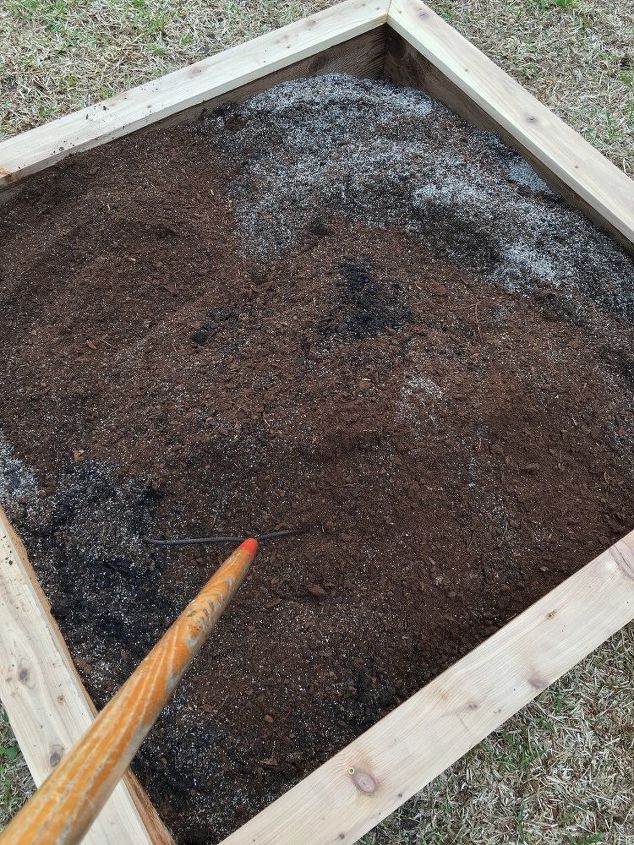





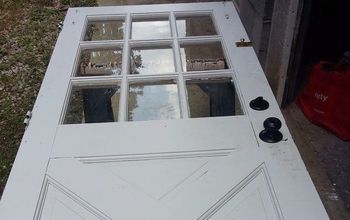
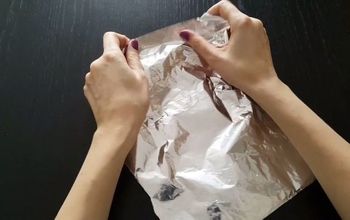
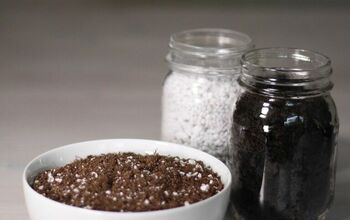
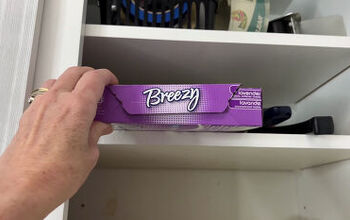

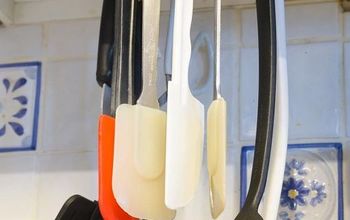

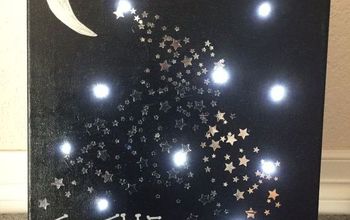

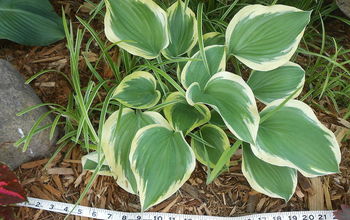

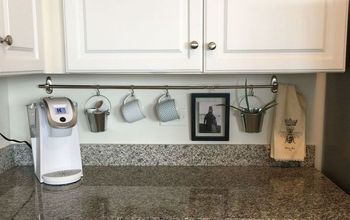





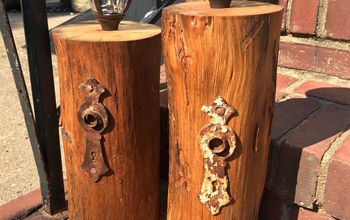

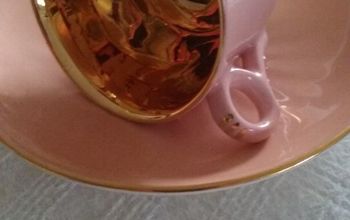
Frequently asked questions
Have a question about this project?